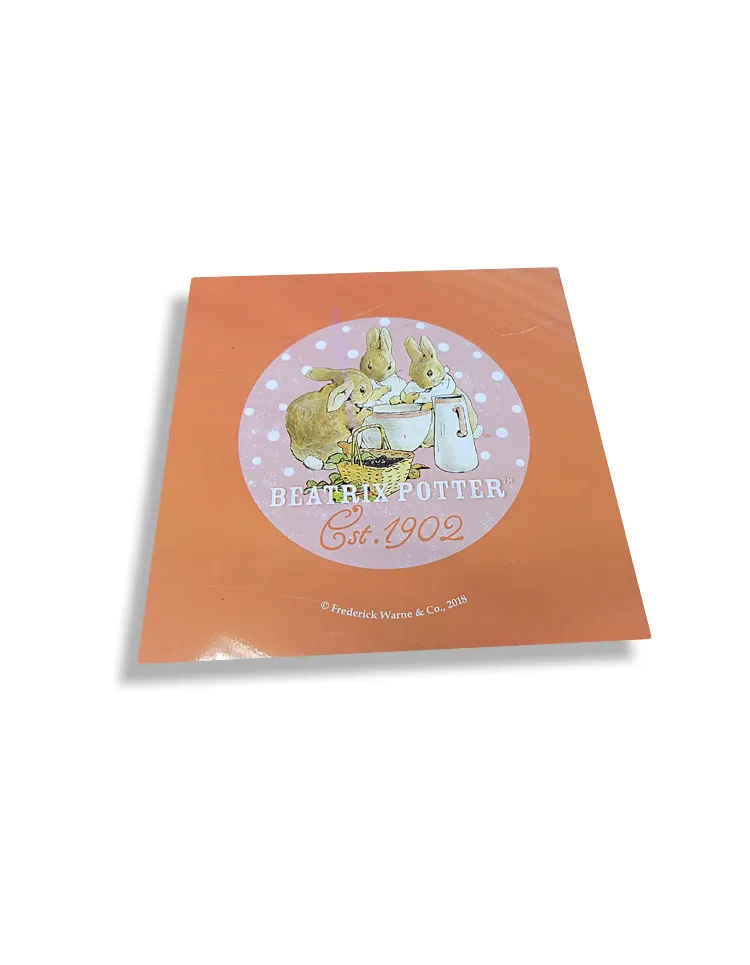As an important metal material, tinplate sheet is widely used in food, beverage, chemical and other industries. Its excellent physical and chemical properties make it occupy an important position in various packaging containers. The thermal conductivity of tin plate sheet is a key parameter for evaluating its performance, which directly affects the performance of the material in heat transfer and heat dissipation.
So, what is the thermal conductivity of tinplate sheet? This article will comprehensively analyze the thermal conductivity of tin plate sheet and its performance in practical applications from the aspects of tinplate sheet's material structure, thermal conductivity measurement method, practical application and influencing factors.

Overview of material structure and thermal conductivity of tinplate sheet
1. Basic structure
Tinplate sheet is a composite material, mainly composed of thin steel plate and tin coating. Its structure is as follows:
● Steel base: usually low carbon steel or other alloy steel is used to provide the basic strength and toughness of the material.
● Tin layer: formed on the surface of the steel base by electroplating or hot-dip plating process, which plays an anti-corrosion role and enhances the appearance quality of the material.
2. Overview of thermal conductivity
Thermal conductivity, also known as thermal conductivity, is the amount of heat conducted through a unit area of a material under a unit temperature gradient. The common unit is W/m·K. The higher the thermal conductivity, the stronger the thermal conductivity of the material.
Methods for measuring thermal conductivity of tinplate sheet
In order to accurately determine the thermal conductivity of tin plate sheet, the following standardized measurement methods are usually used:
1. Steady-state method
The steady-state method is a classic thermal conductivity measurement method. The thermal conductivity is calculated by applying a constant temperature difference at both ends of the material and measuring the heat flow through the material.
Measurement steps:
● Sample preparation: Prepare a tinplate sheet sample of standard size.
● Temperature control: Apply a constant temperature difference at both ends of the sample and maintain it for a period of time until a steady state is reached.
● Heat flow measurement: Use a heat flow sensor to measure the heat flow through the sample.
● Data calculation: Calculate the thermal conductivity of the sample based on the heat flow and temperature difference.
2. Transient Plane Heat Source Method
The transient plane heat source method is a method for quickly measuring the thermal conductivity of materials. It calculates the thermal conductivity by applying a transient heat flux on the surface of the material and measuring the temperature response.
Measurement steps:
● Sample preparation: Prepare a tin plate sheet sample of standard size.
● Heat source application: Apply a transient heat flux on the sample surface.
● Temperature measurement: Use a temperature sensor to measure the temperature response of the sample surface.
● Data calculation: Calculate the thermal conductivity of the sample based on the temperature response curve.

Thermal conductivity data and analysis of tinplate sheet
1. Thermal conductivity data
According to laboratory measurements and literature data, the thermal conductivity of tinplate sheet is usually between 50-60 W/m·K. The specific value depends on factors such as the composition of the steel base, the thickness of the tin layer, and the manufacturing process.
2. Data analysis
The thermal conductivity of tinplate sheet is between that of steel and tin. It has both the strength and toughness of steel and the excellent thermal conductivity of tin. This makes tinplate sheet exhibit good heat transfer and heat dissipation capabilities in various applications.
Thermal conductivity of tinplate sheet in practical applications
The thermal conductivity of tin plate sheet is of great significance in its practical applications, especially in the food, beverage and chemical industries, where good thermal conductivity can improve production efficiency and product quality.
1. Food cans
In the production process of food cans, the thermal conductivity of tin plate sheet directly affects the sterilization efficiency of cans and the shelf life of food. High thermal conductivity can quickly transfer heat to the inside of the can, ensuring that the food reaches the sterilization temperature in a short time.
2. Beverage cans
Beverage cans, especially carbonated beverage cans, need to be cooled quickly during production. The good thermal conductivity of tinplate sheet allows heat to be quickly transferred to the surface of the can, ensuring that the beverage reaches the required temperature in a short time.
3. Chemical containers
In the chemical industry, many chemical reactions need to be carried out under high temperature conditions, and the thermal conductivity of tinplate sheet directly affects the efficiency of the reaction and the safety of the container. High thermal conductivity can quickly dissipate heat to prevent overheating of the container and runaway reactions.

What are the factors that affect the thermal conductivity of tinplate sheet?
The thermal conductivity of tinplate sheet is affected by several factors, including the thickness of the material, the quality of the tin coating, and the manufacturing process.
1. Material thickness
The thickness of the tin plate sheet directly affects its thermal conductivity. Generally, the greater the thickness, the higher the thermal conductivity of the material, because thick materials can conduct heat more effectively. Under the same manufacturing process conditions, the thermal conductivity of a 0.24mm thick tin plate sheet is 55 W/m·K, while the thermal conductivity of a 0.30mm thick tin plate sheet can reach 60 W/m·K.
2. Tin coating quality
The uniformity and thickness of the tin layer directly affect the thermal conductivity of the tinplate sheet. A high-quality tin layer can effectively enhance the thermal conductivity of the material while providing good corrosion protection. A brand of tinplate sheet made by electroplating tin has a uniform tin layer thickness and a thermal conductivity of 58 W/m·K, which is significantly better than the traditional hot-dip tinning process.
3. Manufacturing process
The manufacturing process has an important impact on the thermal conductivity of the tin plate sheet. Advanced manufacturing processes can improve the uniformity and thermal conductivity of the material, thereby enhancing its overall performance. Tin plate sheets made by cold rolling have a more uniform internal structure and significantly higher thermal conductivity than tinplate sheets made by hot rolling.
Impact of thermal conductivity on tinplate sheet applications
The thermal conductivity of tinplate sheets has a direct impact on their performance in various applications. The following are several typical applications and their specific requirements for thermal conductivity:
1. Food and beverage packaging
In food and beverage packaging, the thermal conductivity of tin plate sheets affects the efficiency of sterilization and cooling processes. High thermal conductivity can shorten production cycles and improve product quality.
2. Chemical containers
In chemical containers, the thermal conductivity of tin plate sheets affects the stability and safety of chemical reactions. High thermal conductivity can effectively dissipate heat and prevent reactions from getting out of control.

Conclusion
Through a comprehensive analysis of the material structure, thermal conductivity measurement method, practical application and influencing factors of tinplate sheets, the following conclusions can be drawn:
1. Tinplate sheets have a high thermal conductivity: usually between 50-60 W/m·K, which has both the strength and toughness of steel and the excellent thermal conductivity of tin.
2. Various influencing factors: Factors such as material thickness, tin coating quality and manufacturing process will affect the thermal conductivity of tin plate sheet. In practical applications, it is necessary to select appropriate tin plate sheet specifications and production processes according to specific needs to ensure its heat transfer and heat dissipation performance.
3. Widely used and good performance: Due to its excellent thermal conductivity, tin plate sheet performs well in industries such as food, beverage and chemical industry, effectively improving production efficiency and product quality.
Through the detailed analysis of this article, we hope to help industry practitioners and consumers better understand the thermal conductivity of tin plate sheet and its performance in practical applications, and ensure that its advantages are safely and reliably exerted during production and use.
=

